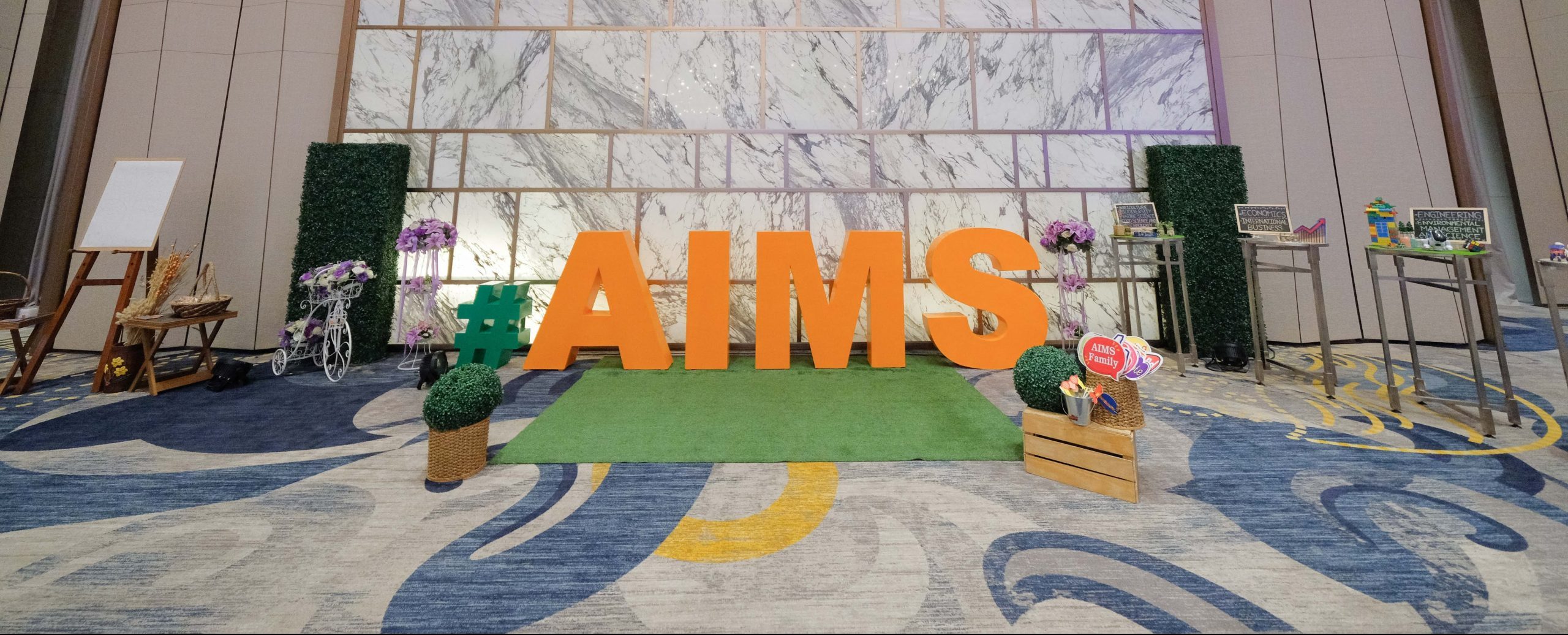Programme Milestones
Explore our journey with the AIMS Programme below and learn more about its history.
A look back at the first decade
Towards a second decade of AIMS
In 2019, the AIMS Programme celebrated the 10th Anniversary of its implementation. With the collective commitment of Member Countries, universities, students and alumni, SEAMEO RIHEDs AIMS Programme has become one of the leading initiatives for student mobility in the region. Moving forward, SEAMEO RIHED aspires for all Southeast Asian countries to join the AIMS Programme for the benefit of more learners and partners in the region.

Beginning of the second decade of AIMS, the Programme has undergone several changes and also initiated new initiatives to add value to mobility, AIMS+!
AIMS history at a glance
Dialogue is Initiated
In 2008, SEAMEO RIHED initiates dialogue with the governments of Malaysia, Indonesia and Thailand for the introduction of a regional student mobility scheme.
2010: A new Programme is Launched
The Malaysia-Indonesia-Thailand (M-I-T) Programme is launche. 117 students participate in exchanges across 23 participating member 87 universities.
2012: Vietnam Joins
With Vietnam joining as the 4th Member Country, the number of member universities rises to 32 and the Programme is renamed as AIMS—the ASEAN International Mobility for Students Programme.
2013: Brunei Darussalam, The Philippines and Japan Join.
A total of 700 student exchanges are recorded and the number of participating member universities rises to 59.
2014: More Members
With 7 Member Countries, the number of participating member universities rises again to 61 and over 1200 students have participated in exchanges.
2016: The Republic Of Korea Joins
AIMS welcomes its 8th Member Country with the joining of the Republic of Korea and the number of student exchanges undertaken rises to 2600.
2018: AIMS is now an “Asian” Programme
Acknowledging the expansion and growth of AIMS, the Programme is officially renamed as the Asian International Mobility for Students Programme. A total of 4100 students have so far benefitted from exchanges through the AIMS Programme.
2019: Singapore Joins
AIMS celebrates its 10th Anniversary with the joining of Singapore as the 9th Member Country. With 78 participating member universities, AIMS has offered opportunities to study abroad to more than 4900 students.
2023: Cambodia joins
Cambodia signed the Addendum to the Letter of Intent and officially joined the AIMS Programme as the 10th Member Country. The AIMS member universities is now 87 and over 7,000 students have benefited from AIMS.